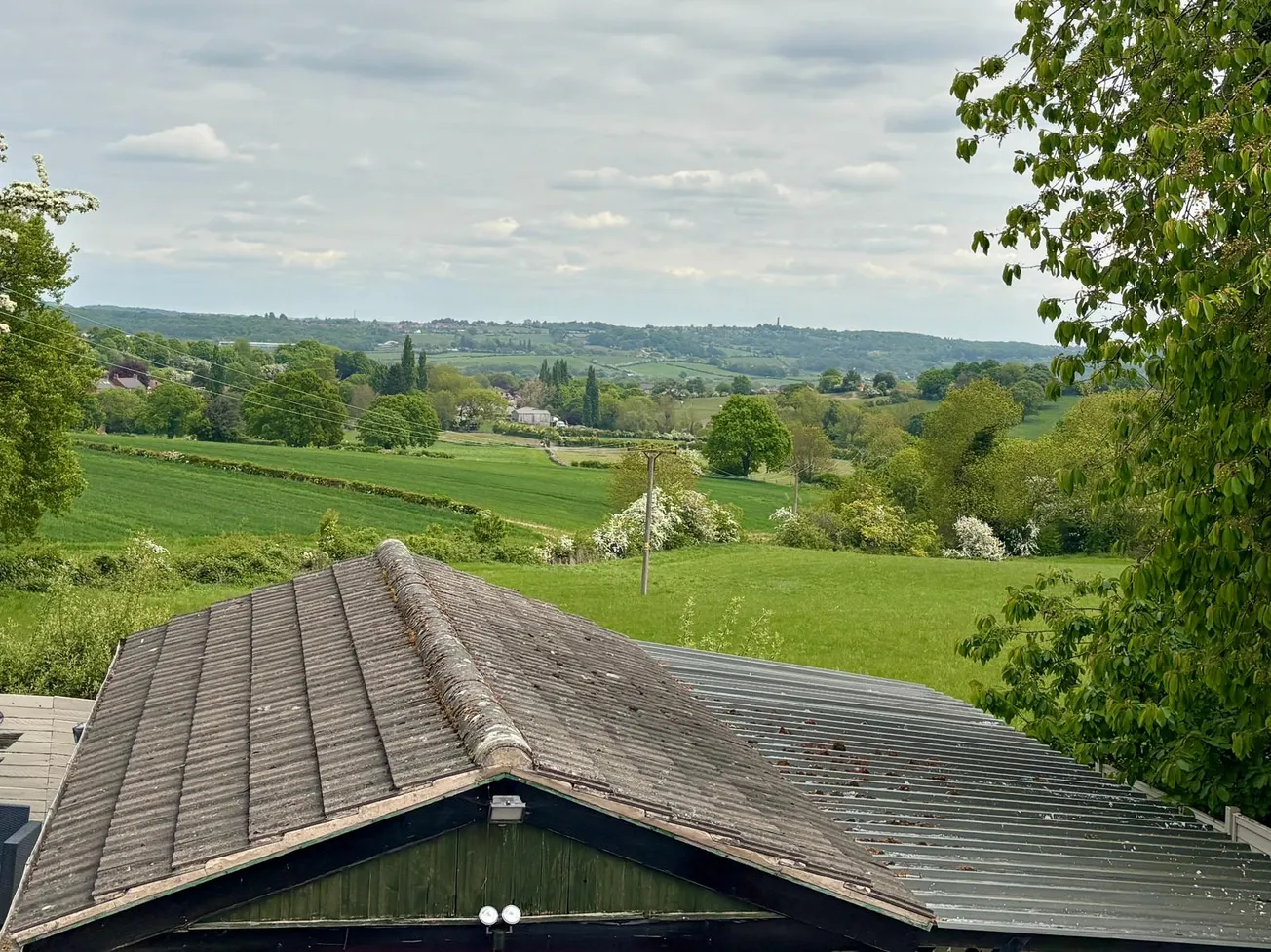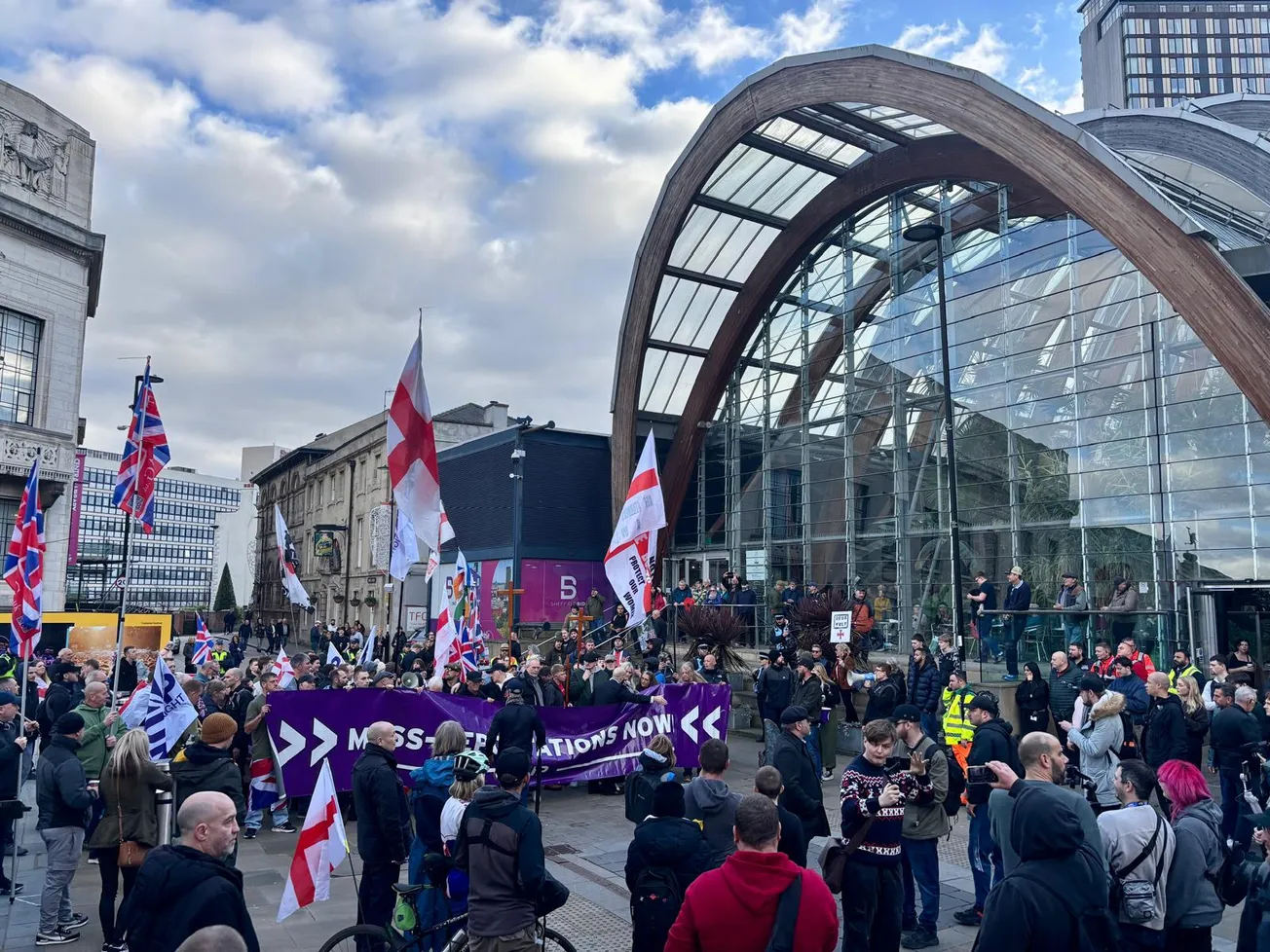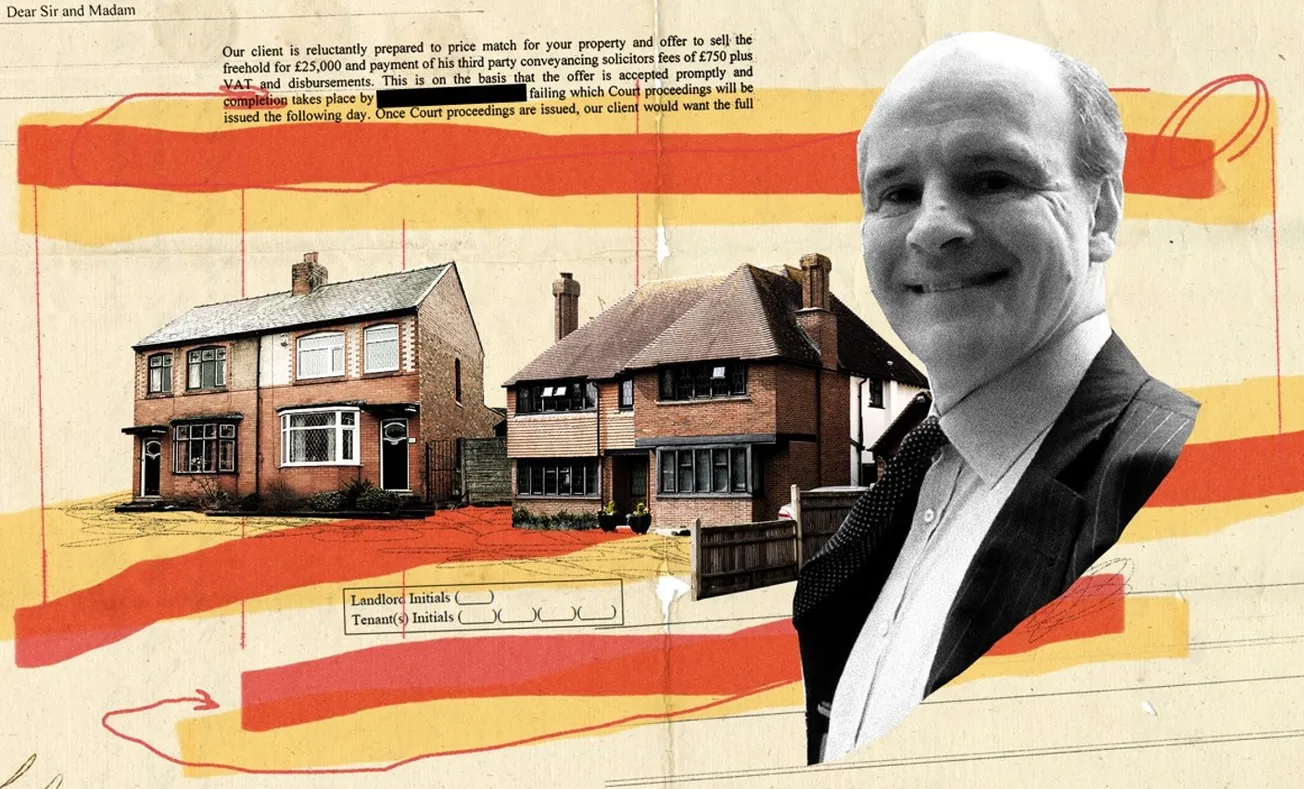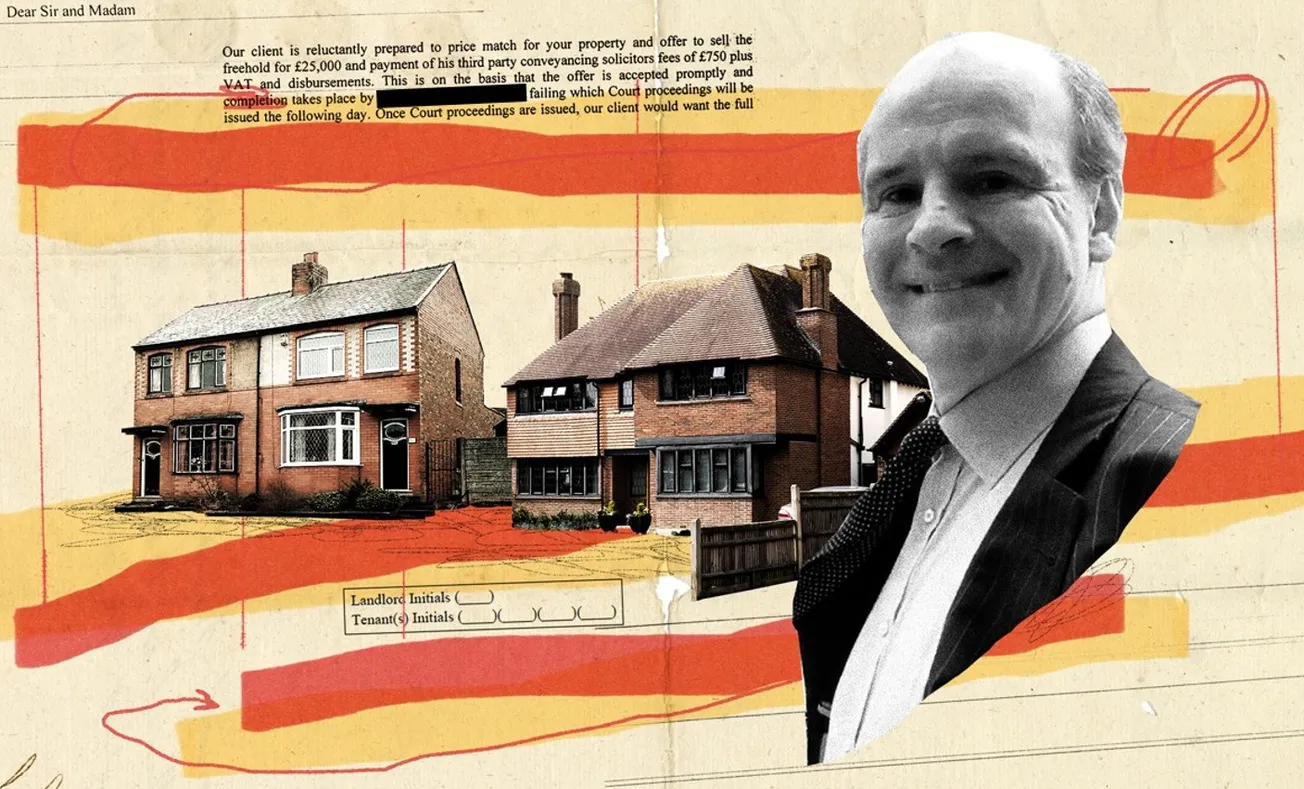Is there anything better than an English spring? As I walk off the main road in Grenoside, a dusty footpath slowly opens up into lush green fields. Hawthorn bushes hang heavy with brilliant white blooms while patches of bluebells carpet the ground. Somewhere in the distance a horse whinnies and neighs. The handful of people I meet walking their dogs say they have seen deer, badgers, foxes and barn owls around here. On a sunny May morning, it feels as close to perfection as you could get. Why would anyone want to change this?
But change is exactly what could be coming to this valley. Under new plans from Sheffield City Council, these woods, paddocks and hedgerows would become part of Sheffield’s newest estate. The authority wants to build 609 homes here, after the government’s planning inspectorate said the last draft of the local plan — which left the city’s beloved green belt untouched — didn’t provide for enough housing. Unsurprisingly, in Grenoside, the plans have gone down like a bucket of cold sick.
Hayley Williams and her husband Richard have lived on Creswick Lane for the last 13 years. Their house is the last on the road before it opens out into fields. They bought it specifically for the stunning views it has over the fields and have even built a veranda so they can enjoy them. “We’re probably the people with the most to lose,” says Richard ruefully.
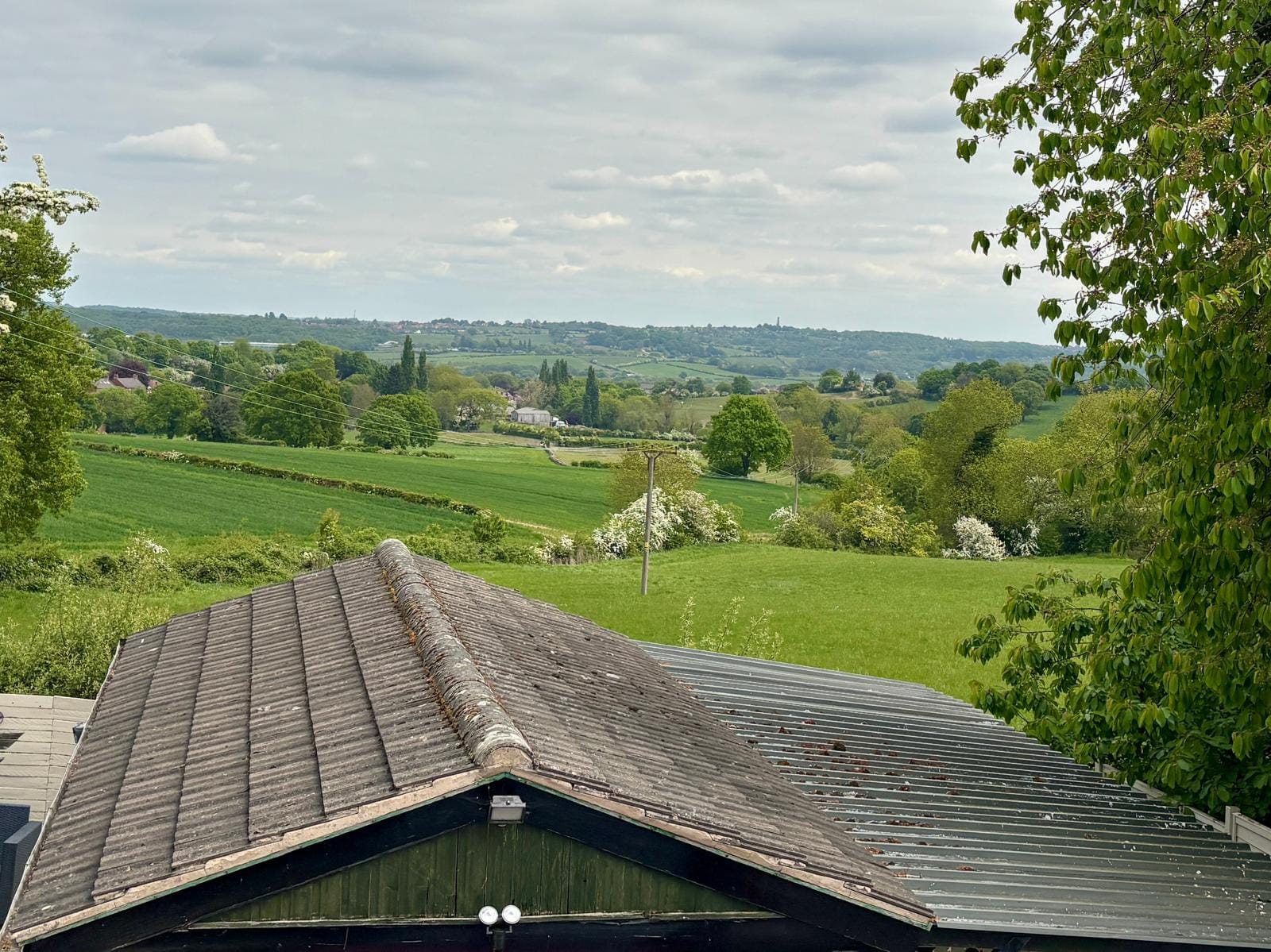
The couple have been active in the campaign to fight the proposed release, attending meetings and signing the petition that currently stands at over 2,000 signatures. And as you would expect, they are well versed in the arguments against it. The planned development would, they say, increase the population of the village of Grenoside by 50% in one fell swoop. And the fact that 70% of the land the council proposes to release is in the north of the city is unfair. (We fact check this later, and it isn’t strictly correct. While nine of the fourteen sites are in the north, slightly less than half of the land is up here.)
Both Hayley and Richard accept the need for more houses, they just question whether this is the right place when there are so many brownfield sites left undeveloped. “Those houses are going to get built, my argument is why spoil this, not just for us but for everyone who walks on here,” says Richard. “If this was the last place and they had to build on it, so be it, but there are other sites.” I tentatively suggest that some people might characterise them as classic NIMBYs, people who understand the need for development but don’t want it in their back yard. But Richard doesn't mind the label. “Yeah, I see myself as a NIMBY,” he says. “But I think there is enough land so we don’t have to build in anybody’s back yard.”
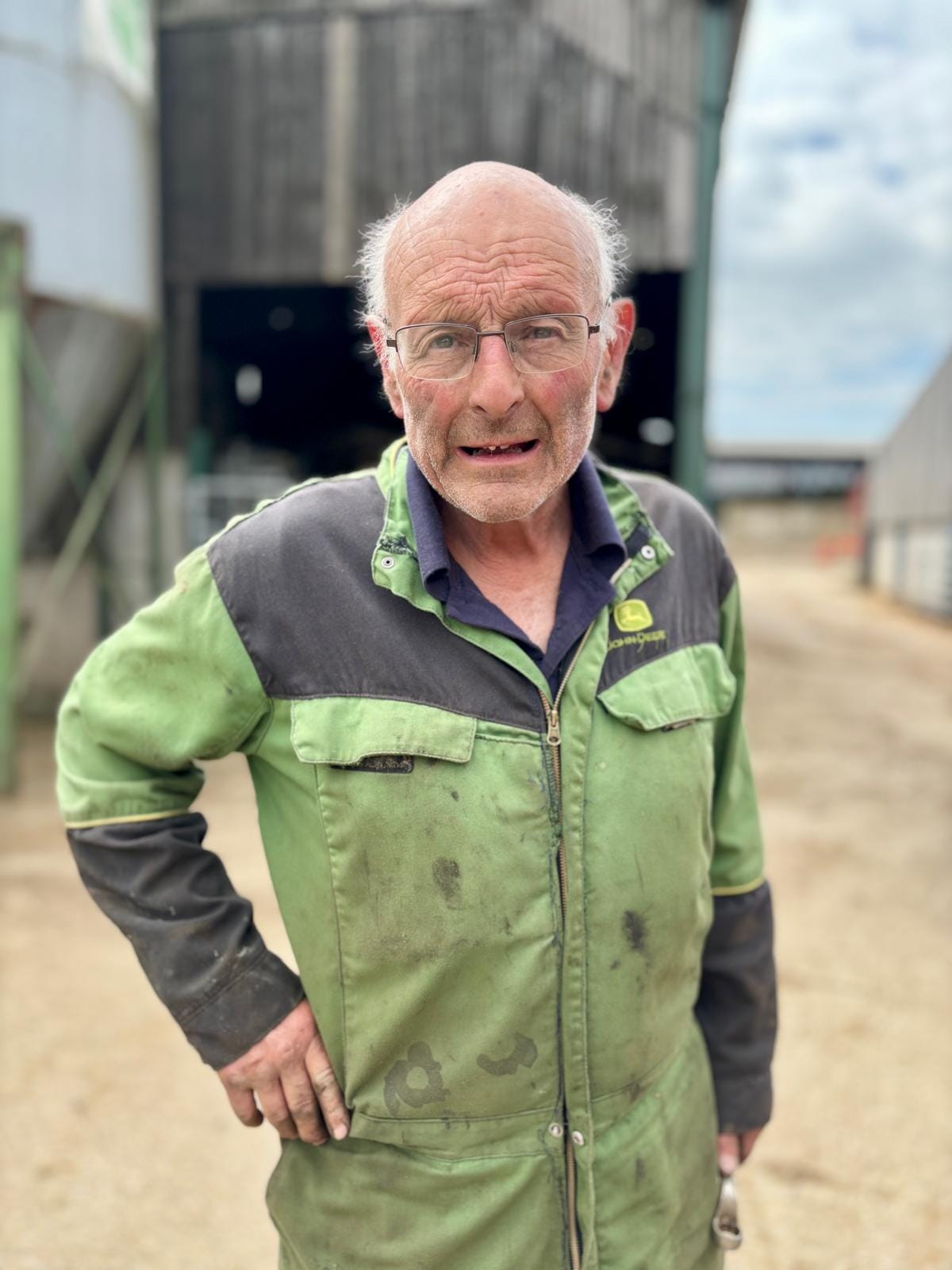
On the opposite side of the vast site, I meet farmer Andrew Riddle. Now 69, he first moved onto the farm in 1981 and has looked after these fields for the last 44 years. The land was originally bought by the council specifically so it could be preserved as green belt, and has had a series of tenant farmers since then, with Andrew being the latest. However, he says that while they don’t own the farm, they have looked after it “as though it was their own” and claims that the council’s plans will destroy his livelihood. “I’m not against building houses but there are plenty of brownfield sites,” he argues. “The homes should be shared out around Sheffield. It’s diabolical what they are doing.”
While those I speak to in person are very reasonable, some of the discussion online has become more toxic. (“They will be for imigrants x 🤮” wrote one person on Facebook. “It'll be for all the vermin from overseas,” wrote another.) The online discourse also includes a surprise re-appearance of Tribune favourite, Mr Sheffield — a valuable horse who was stolen from the area before being returned last year. “We didn't fight to get Mr Sheffield home for them to take the ground from under his hooves”, his owner Stacey Gill wrote this week.
Please release me
Sheffield’s green belt was first created in the 1930s as a way of controlling the city’s spread. Over the last 90 years it has become almost sacred, the physical embodiment of what Victorian art critic John Ruskin called Sheffield’s “golden frame”. In all, Sheffield City Council are now proposing to release 14 Green Belt sites for development: 10 for housing, three for employment and one for a mix of the two. These include sites in Grenoside, Oughtibridge, Chapeltown, Ecclesfield, Wharncliffe Side, Gleadless Townend, Handsworth, Dore and Lodge Moor. The current total area of Sheffield’s Green Belt is 9,061 hectares, with the plans cutting out 327 of them, or 3.6% of the area (see map below). The plan has been developed jointly by the three parties who run Sheffield City Council: Labour, the Lib Dems and the Greens. However, perhaps fearing a backlash from their voters in the south and north east of the city, the Lib Dems seem to be getting cold feet.
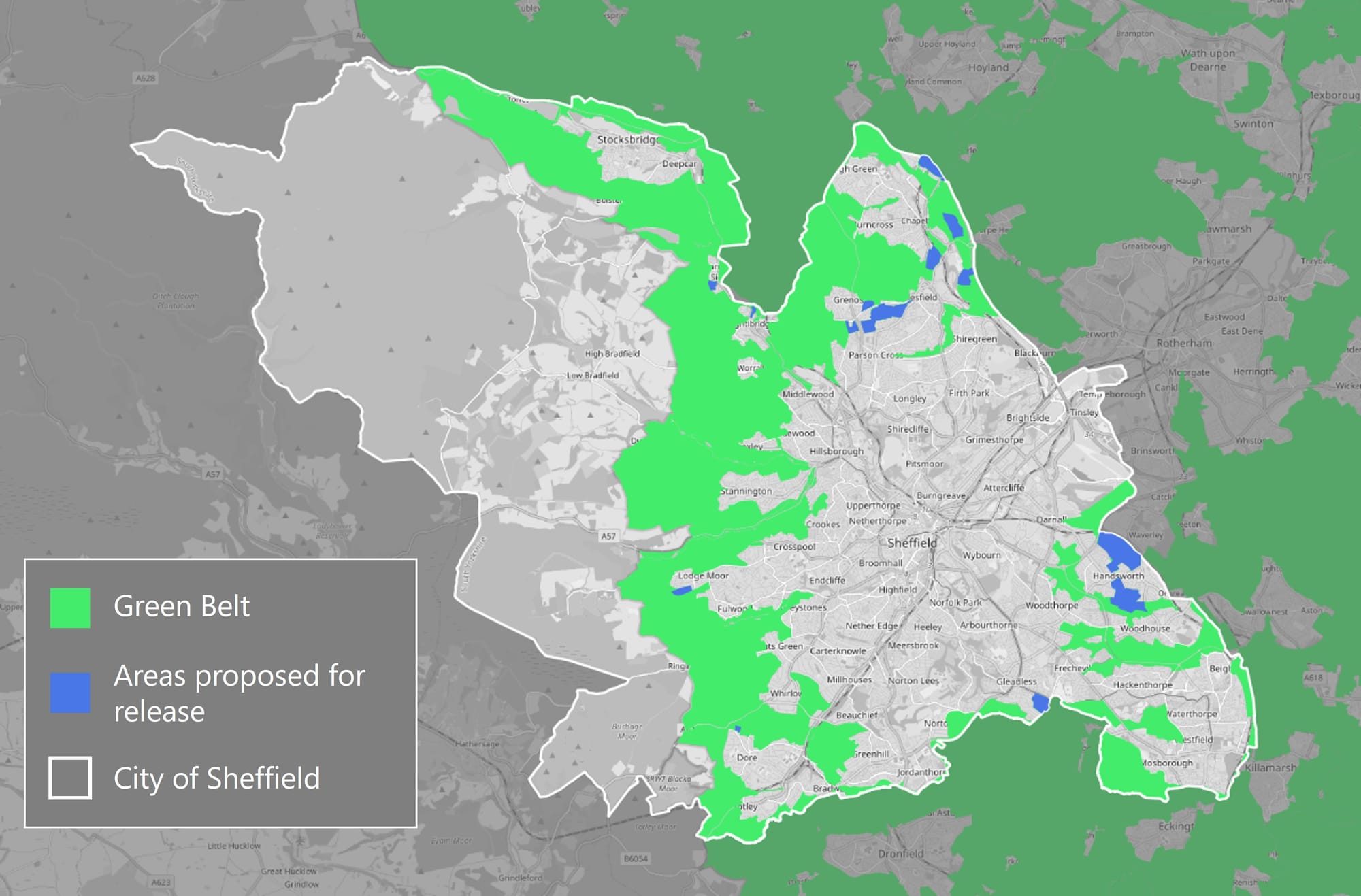
While controversial, it’s a decision that some in the Sheffield planning and property community have long called for. Charles Dunn, a director at the Sheffield Property Association and Urbana, a planning consultancy based in Sheffield, accepts green belt release is always going to be emotive. But he argues that the debate around housing too often focuses on what current residents may lose and not enough on what potential future residents will gain.
If Sheffield is to grow economically in a way that people want it to, Dunn believes that some incursion onto the green belt is inevitable. “It simply isn’t possible just to build on brownfield sites,” he says. “The council have sought to avoid this decision and avoid having to do this for far longer than they should have. They have been prioritising the views of people who want to avoid development for the best part of 30 years and it has now come to a head.”
Dunn explains that the green belt policy was originally conceived in the post war era to stop the sprawl of big towns and cities. In order to allow more homes to continue to be built, it was brought in alongside the New Towns policy. However, when the new town programme was phased out, the Green Belt stayed in place. “So for decades, we had this huge policy mechanism that prevented our most productive places in the country from growing,” he says.
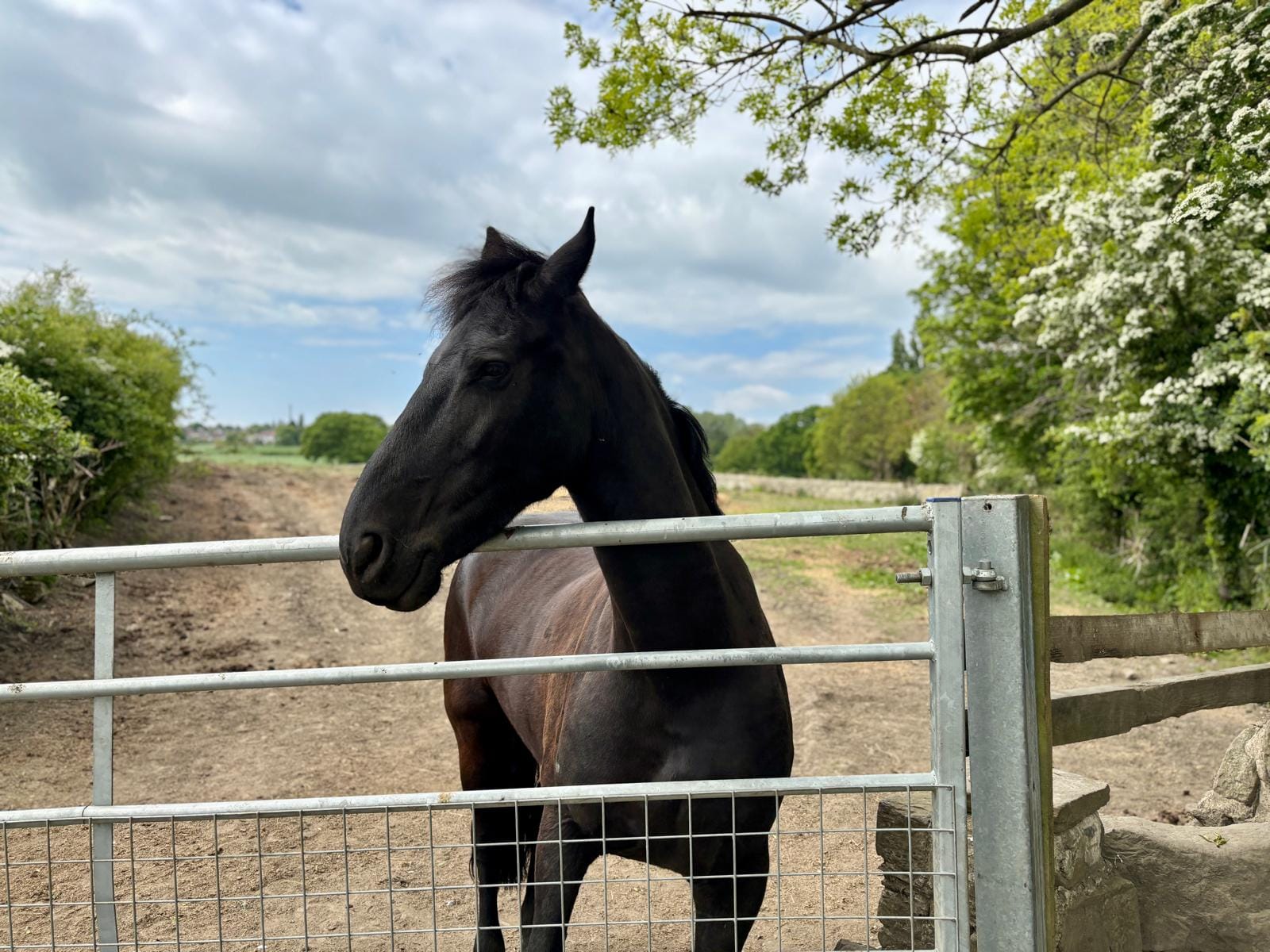
On the whole, he thinks that the sites that the council have chosen are reasonable ones. For example, he says the Grenoside site is surrounded by both existing development and roads, so the impact on the countryside would be low. Now he wants the planning officers and councillors to go out and make the argument for it.
While Handsworth, in south east Sheffield, is very different to Grenoside, it too has significant pockets of green belt land, and it’s where the biggest single site is. Under the plans, 868 homes would be built on a vast area of land between Beaver Hill Road and Bramley Lane, another farm which is owned by the council. Parking up on the small Badger estate, I walk through a narrow gate and am immediately transported into a different world. Lush green grass carpets the floor while small coppices of trees spring up across the area. Here I bump into Paul Cooper, who is walking his golden retriever Toby.
While Paul’s house doesn’t back on to the proposed site, he has used the area extensively in the 10 years he has lived there. “It’s lovely to have this on your doorstep,” he says. “It’s part of the reason why we chose to live here.”
Cooper thinks that the Handsworth area in particular has taken more than its fair share of new development in recent years. The massive Waverley estate, which is only a stone's throw away from these fields, has sprung up over the last decade. However, as most of these houses are in Rotherham, they don't count towards Sheffield’s housing numbers.
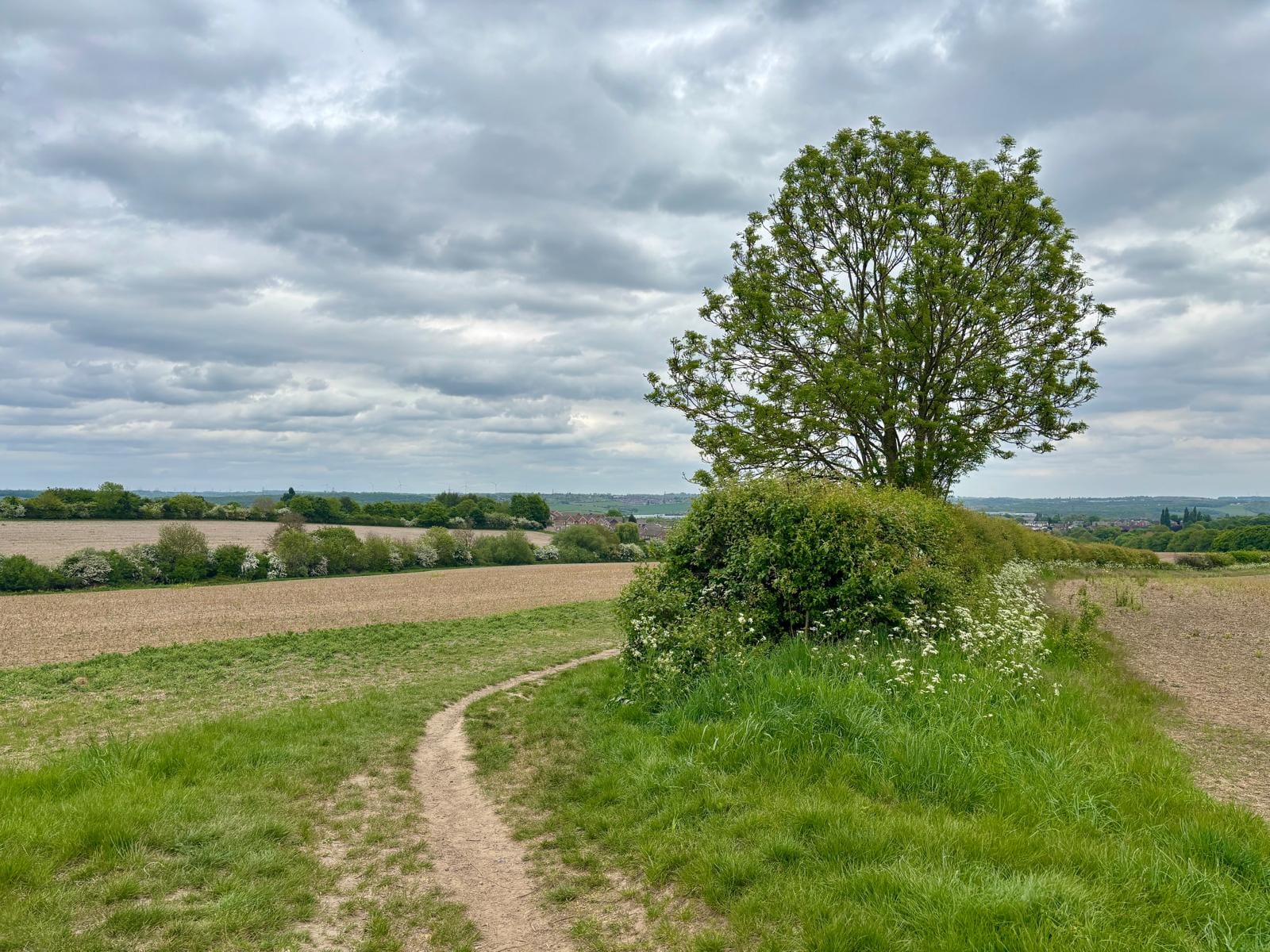
But is all this housing needed — and if so, why? Maurice Lange is an analyst from the think tank Centre for Cities. He tells me that it’s not just about overall population growth (Sheffield’s population has actually stayed fairly flat over recent decades) but that people live longer than they used to, and far more households are underoccupied than in the past. Across the UK, there’s a shortfall of 4.3 million homes compared to other Western European countries.”
In a recent report, Lange attempted to identify the parts of the green belt that would be most suitable for new housing. His analysis, which analysed which areas were near public transport to the city centre, identified many of the same areas the council have. These included an area of north eastern Sheffield around Chapeltown, Ecclesfield and Grenoside, and the area near Handsworth in south eastern Sheffield.
He is keen to stress that the green belt release programme in Sheffield was very modest when compared with what some are arguing needs to be done in other areas of the UK, such as the south east of England. “The numbers we are talking about are very small and conservative”, he says. "3,500 homes might sound like a lot, but over a 17 year period, it’s not particularly significant.”
There’s one further piece in the puzzle which isn’t getting much attention. While most people accept that more housing is needed, the argument is generally between the city centre and green fields. But that overlooks another option: the suburbs. Another report by the Centre for Cities found that Sheffield’s “outer built up area” only has 18 homes per hectare — fairly normal by British standards, but much lower than continental cities, where mid-rise blocks of flats are more common. The Hallam Towers flat block off Fulwood Road might be one example — but it’s incredibly unusual.
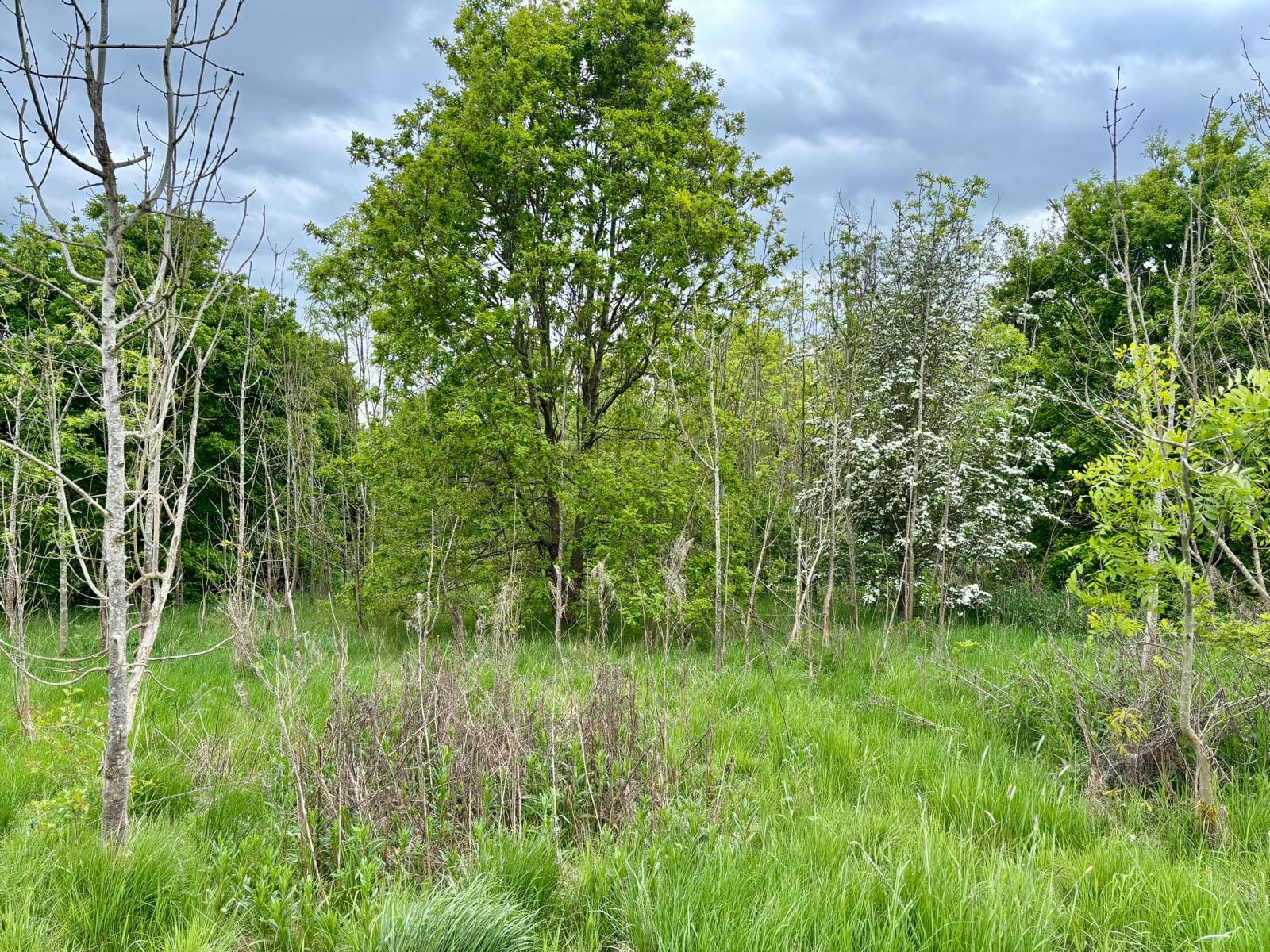
And another question hovers menacingly in the background: will the land being released even be enough? A source in the local planning community told The Tribune that they doubted whether all of the sites chosen would be developed in time to meet the housing targets. The “Golden Rules” from the government’s planning framework require developers to provide more in the way of affordable housing, infrastructure and open space when building on green belt land. In areas with lower house prices, that could mean the costs become too high. (It’s also likely to favour bigger builders, who can build at a bigger scale.) “Have they gone with enough sites to deliver what we need?”, they asked.
Many in Grenoside, Handsworth, and any other communities losing valued green space are unlikely to be persuaded. The next big date is 14 May, when Sheffield Council meets to debate the revised plan. Hayley and Richard Williams say they will definitely be there and, along with their fellow campaigners, have already been preparing questions to ask the councillors.
It’s taken years for the council to formally commit to giving up some of the city’s green belt. But the battle for its future is only just beginning.
Comments
How to comment:
If you are already a member,
click here to sign in
and leave a comment.
If you aren't a member,
sign up here
to be able to leave a comment.
To add your photo, click here to create a profile on Gravatar.


